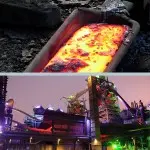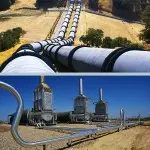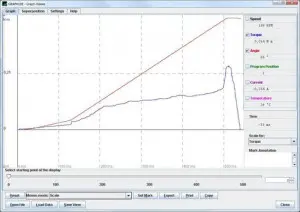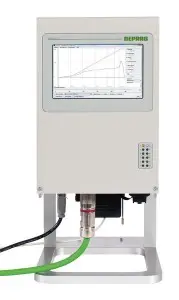Green Energy Turbine use examples
Deprag’s Green Energy Turbine generator can be used in either a direct or an indirect configuration.
Direct Configuration:
In a direct configuration a high pressure gas is run through the turbine. Electricity, lower pressure and lower temperature gas is the result.
Some examples include:
- Energy recovery in metal smelters
- often molten metal is cooled by compressed air. The compressed air flows through cooling tubes and is normally exhausted to the atmosphere. The hot, compressed air can be run through the GET and the recovered electricity can be either used by the smelter or fed back to the grid
- Pressure regulation in gas mains
- natural gas is transported long distances at high pressure. When it reaches regional areas, the gas pressure has to be lowered. The pressure is lowered again when before it reaches homes at a local station. A GET can be used to recover the energy wasted in the pressure reduction.
- Note, the gas will cool though the process so, it is necessary to pre-heat it before entering the turbine.
- Carbon sequestration / geothermal
- Carbon dioxide that is captured from power stations can be compressed and injected into underground reservoirs. Whilst being stored in the underground caverns the Carbon dioxide is heated by geothermal energy. The heated carbon dioxide can be expanded through a GET and then re-injected into the reservoir.
Indirect Configuration:
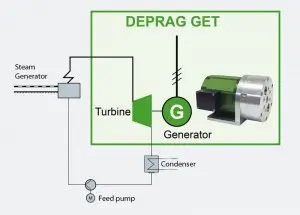
The Green Energy Turbine can be used indirectly, for example as a part of an ORC process to capture waste heat.
In an indirect configuration the GET is used as part of a waste heat recovery system – for example an ORC (organic rankine cycle). In such a system a refrigerant gas extracts heat from an object or medium which increases the temperature and pressure of the gas. This pressurised gas is directed through a GET, which turns the turbine and results in lower temperature, lower pressure gas and electricity.
Some examples include:
- Biogas waste heat recovery
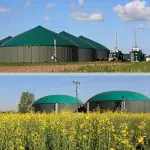
Systems already exist for large Biogas producers, however Deprag’s GET helps small producers to recover energy
- Deprag supplies low power (from 5kW) units to help smaller producers extract electricity from heat that would normally be wasted.
- Recovering heat out of industrial hot water
- Deprag is supplying the GET to a company who can extract electricity from hot water. Hot water is produced in various industrial processes, for example large ship engines, geothermal energy, solar energy and the power industry. The potential for this already proven technology is enormous and game changing in the green energy and energy recovery industries.

